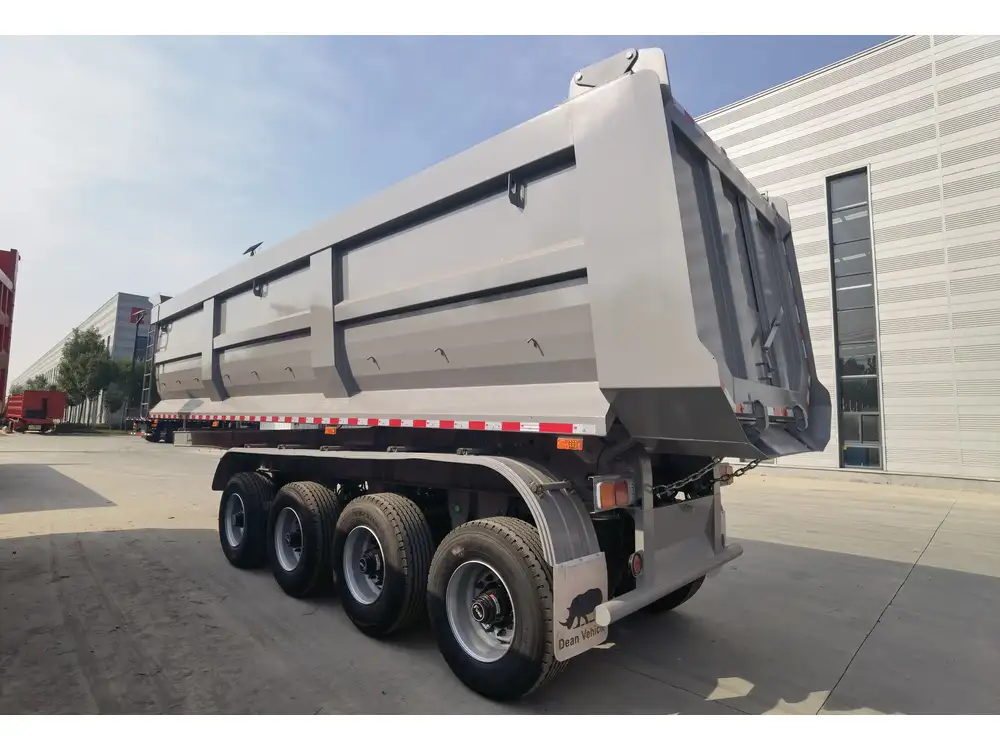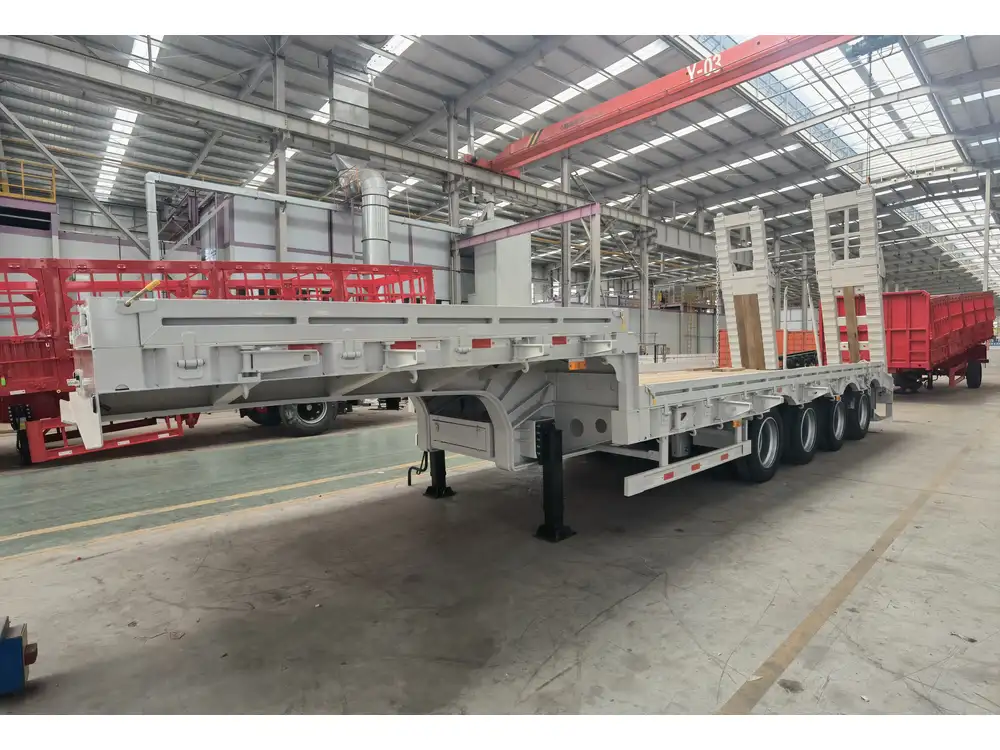When embarking on a journey with a travel trailer, one of the concerns that frequently arises is the functionality and maintenance of the septic system. As specialized vehicles designed for mobility and comfort, travel trailers come equipped with various amenities, including a holding tank for wastewater. However, an important question emerges: can the septic tank in my travel trailer get full? This article aims to demystify the complexities of travel trailer septic tanks, exploring factors contributing to tank capacity, maintenance tips, and signs that indicate the tank is nearing full.
What Is a Travel Trailer Septic Tank?
A travel trailer septic tank, also known as a black water tank, is an essential component of the vehicle’s plumbing system. Unlike permanent structures, trailers rely on holding tanks to collect and store wastewater produced by the toilet. The size of the tank generally varies depending on the trailer model and manufacturer. Understanding its operations and limitations is critical for maintaining a functioning septic system during trips.
- Size Classes: Travel trailer septic tanks typically range from 15 to 50 gallons. Compact trailers have smaller tanks, while larger, high-end models boast more extensive installations.
- Materials: Tanks are usually constructed from high-grade polyethylene or fiberglass to ensure structural integrity and resistance to corrosion.
Can Travel Trailer Septic Tanks Get Full?
Yes, travel trailer septic tanks can get full, and it is paramount for RV owners to recognize the signs before issues arise. Overfilling can lead to leaks, unpleasant odors, and blockages in the plumbing system. Let’s explore the factors contributing to tank capacity and determine when it’s time for maintenance.

Factors Influencing Tank Fullness
Several factors influence how quickly a septic tank can fill:
Capacity and Size:
- Standard Sizes: Most travel trailers will have a black water tank between 20 to 40 gallons. Larger families or those using the trailer more frequently will fill the tank more rapidly.
- Usage Patterns: The number of occupants and their habits play a pivotal role. More frequent toilet use translates to quicker tank filling.
Type of Waste:
- Solid vs. Liquid Waste: Solid waste takes up more volume than liquid, leading to faster tank fill levels. Proper usage and disposal are crucial.
Water Usage:
- Showers and Sinks: Water used for bathing and washing dishes contributes to the rate of tank filling. Monitoring total water use during trips can help manage waste accumulation.
Product Use:
- Toilet Paper and Additives: The choice of flushable products and chemical additives can also impact how efficiently waste breaks down, which indirectly affects how fast the tank fills.
Signs Your Travel Trailer Septic Tank Is Full
To help manage maintenance proactively, recognizing the signals that your travel trailer septic tank is nearing full capacity is vital. Here are some critical indicators to consider:
1. Unpleasant Odors
- Foul Smells: A robust, unpleasant odor inside or around the trailer is often the first indicator that the septic tank is full. If you notice odors, it is essential to check tank levels and consider pumping.

2. Slow Drainage
- Toilet and Sink Drains: If it takes longer for wastewater to drain from the toilet or sink, that could mean the tank is filled to capacity. Drains that are slow or backed-up need immediate attention.
3. Gurgling Sounds
- Air Introduction: If you hear gurgling noises when flushing the toilet or using the sinks, this indicates the air is struggling to move through the system, likely due to a full tank.
4. Visual Indicators
- Tank Level Indicator: Many modern travel trailers come equipped with a tank level monitoring system. Familiarize yourself with its readings to avoid surprises.
- External Observation: If any fluid is pooling near the tank vent, that is a sign of tank overflow, necessitating an urgent inspection.

Maintenance Tips to Avoid Full Tanks
Owning and operating a travel trailer demands attention to maintenance protocols that can stave off the inconveniences associated with septic system failure. Here are essential tips to ensure your travel trailer’s septic tank operates efficiently:
Regular Monitoring
- Tank Level Checks: Regularly inspect the level of your black water tank. Many travel trailers are equipped with gauges to help monitor this.
- Water Use Tracking: Keep a close eye on your water usage habits while on the road or camping. Adjust as necessary.
Appropriate Waste Disposal
- Flushable Products: Use only biodegradable and RV-friendly toilet paper to minimize solids build-up within the tank. Avoid flushing items like wipes, feminine hygiene products, or any non-biodegradable items.
- Chemical Additives: Consider adding reputable enzymes or chemicals designed for RV septic systems to help break down waste more efficiently.

Scheduled Pumping
- Routine Maintenance: Schedule pumping every few months, depending on usage patterns. Frequent users may need to pump more often.
- Know Your Capacity: Understanding the full capacity of your tank can help you decide when it’s time to pump based on estimated usage.
Table: Factors Influencing Septic Tank Maintenance
| Factor | Impact on Tank Fill Rate | Suggested Action |
|---|---|---|
| Size of Black Water Tank | Larger tanks fill slower | Optimize your water usage |
| Number of Occupants | More occupants increase fill | Schedule regular pump-outs |
| Type of Waste Produced | Solid waste reduces capacity | Use biodegradable products |
| Water Usage Habits | High usage fills faster | Monitor and adjust usage |
| Chemical Additives Used | Some enhance breakdown | Research and select appropriate products |
Troubleshooting Common Issues
Even with vigilant maintenance practices, problems can occasionally emerge. When faced with septic tank issues, consider the following common challenges and their solutions:
Tank Overflow:
- Symptoms: Excessive odors, gurgling drains, and sewage backups.
- Solution: Immediate tank pumping is necessary. Following this, address any blockage in drainage pipes.
Drainage Problems:
- Symptoms: Slow draining sinks or toilet.
- Solution: Check tank levels, and if full, pump immediately. If issues persist, inspect plumbing for possible clogs.
Leaking Tanks:
- Symptoms: Liquid pooling around the base of the trailer.
- Solution: This requires professional assistance to assess and repair the tank or plumbing system.

Final Thoughts on Travel Trailer Septic Tanks
Understanding the operations of a septic tank in a travel trailer empowers owners to manage their waste systems proactively. By monitoring tank levels, advocating for responsible waste disposal, and pursuing regular maintenance, you can ensure a smooth and enjoyable travel experience.
In conclusion, the question, “Can the septic tank in my travel trailer get full?” highlights an essential aspect of travel trailer ownership. Being informed, vigilant, and proactive not only ensures optimal functionality but also paves the way for carefree and enjoyable adventures while traveling.
Call to Action
As a manufacturer of semi-trailers, we understand the intricacies of maintaining high standards in manufacturing and design. If you are looking for advanced septic systems tailored for travel trailers or need assistance in optimizing your current systems, reach out today. Together, let’s enhance your travel experience.



